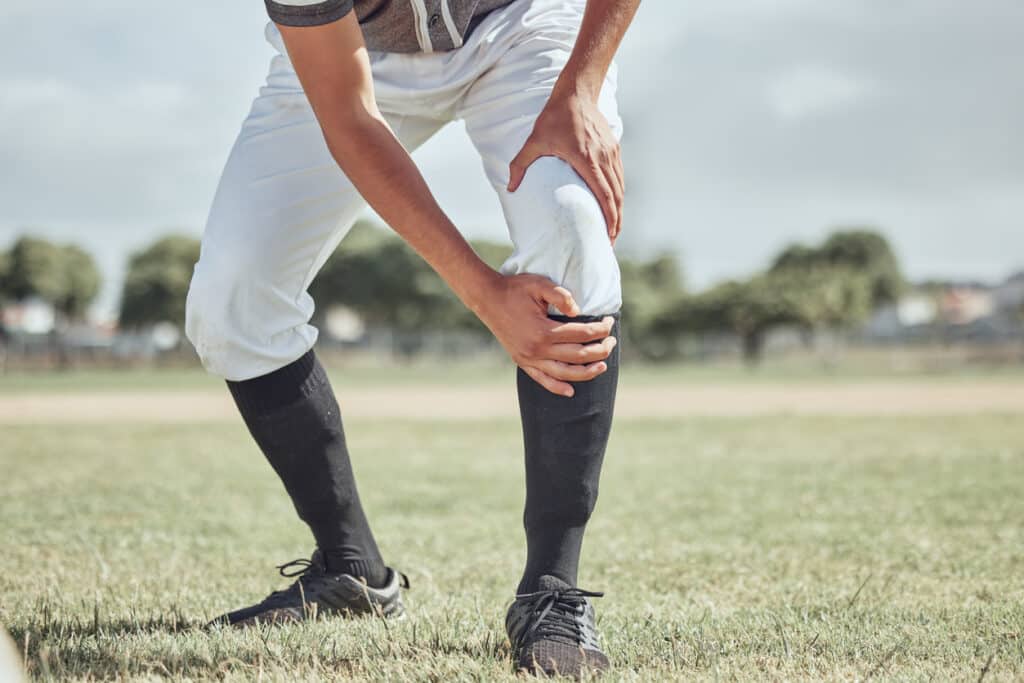
A lateral collateral ligament (LCL) sprain is a common injury that can occur during sports activities or accidents. The LCL is a band of tissue that runs on the outer side of the knee joint, connecting the femur bone to the fibula bone. When this ligament is stretched or torn, it can cause pain, stiffness, and instability in the knee. But does an LCL sprain hurt all the time? In this blog post, we’ll explore the different factors that can influence LCL pain and how you can manage it with help from a physiotherapist or chiropractor.
The degree of pain from an LCL sprain depends on several factors such as the severity of the injury, individual pain tolerance, and activity level. Some people may experience constant pain after an LCL sprain while others may only feel discomfort during certain movements or activities. For example, if you have a mild LCL sprain, you may only feel slight discomfort when walking or standing for extended periods. Whereas if you have a severe LCL injury that requires surgery, you will likely experience intense pain at rest and during movement.
In addition to severity, individual pain tolerance also plays a role in how much an LCL sprain hurts. Some people may have higher thresholds for pain than others and therefore may not feel as much discomfort from their injuries. Conversely, those who are more sensitive to pain may experience more significant discomfort even with minor injuries like an LCL sprain.
Activity level is another factor that can affect how much an LCL sprain hurts. If you’re someone who enjoys high-impact sports like soccer or basketball, your knee will be under more stress than someone who leads a sedentary lifestyle. As such, athletes with an LCL sprain may experience more pain than non-athletes, especially when performing activities that involve running or jumping.
So, what can you do to manage LCL sprain pain? The first step is to see a physiotherapist or chiropractor who specializes in knee injuries. They can assess your injury and develop a treatment plan that addresses your specific needs. This may include exercises to strengthen the knee muscles, manual therapy to alleviate pain and stiffness, and bracing or taping to support the knee joint.
In addition to seeking professional help, there are also some self-care measures you can take to manage LCL sprain pain. Resting the affected knee, applying ice packs for 20 minutes at a time, and taking over-the-counter pain relievers like ibuprofen can all help alleviate discomfort. It’s also important to avoid activities that aggravate the injury and slowly return to regular activities once cleared by your healthcare provider.
While an LCL sprain can cause significant discomfort, it doesn’t necessarily hurt all the time. Factors such as severity of injury, individual pain tolerance, and activity level can all influence how much someone with an LCL sprain hurts. However, with proper treatment from a physiotherapist or chiropractor and self-care measures like rest and ice therapy, managing LCL
sprain pain is possible. Remember to always seek professional help if you suspect you have an LCL injury and follow their instructions for recovery carefully.
If you have any questions or would like to explore further, please book a free, no-charge online appointment with either myself, Jonathan Tran, BSc, MSc, MPT, PT Resident, or another Kitchener physiotherapy practitioner at CARESPACE. We are happy to listen and are here to help!

